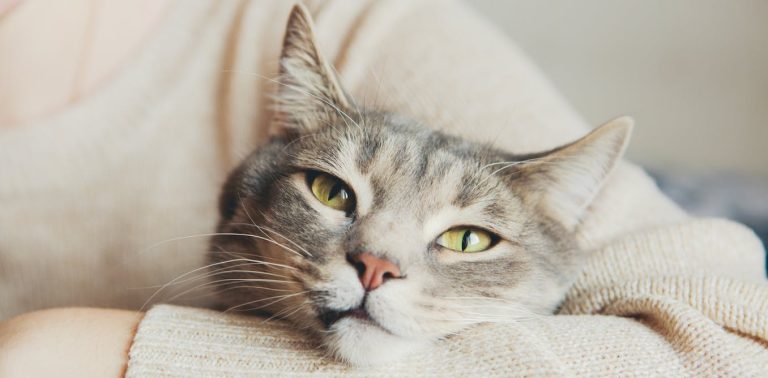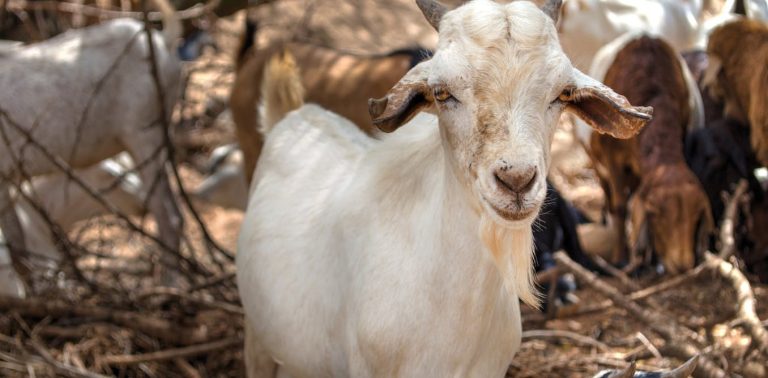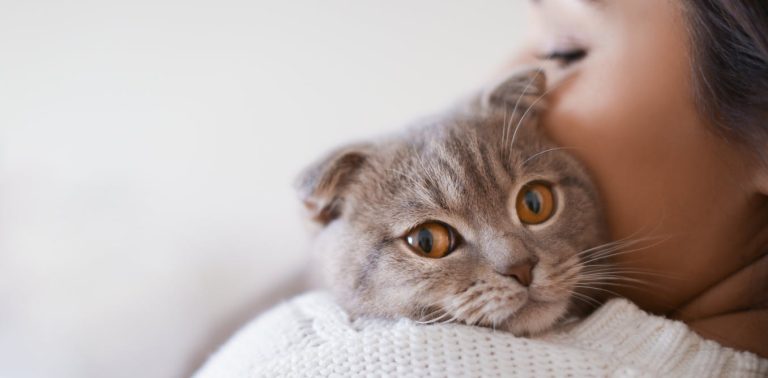
[ad_1]
It’s a story that goes once more 1000’s of years.
Initially, cats had been solitary creatures. This suggests they hottest to remain and hunt alone, considerably than in groups. Most of their social behaviour was restricted to mother-kitten interactions. Outdoor of this relationship, cats not usually meow at each other.
Nonetheless, as cats began to remain alongside individuals, these vocalisations took on new meanings. In some methods, when a cat meows at us, it’s as within the occasion that they see us as their caregivers, similar to their feline mothers.
Cats perhaps first encountered individuals roughly 10,000 years prior to now, when people began establishing eternal settlements. These settlements attracted rodents, which in flip drew cats in quest of prey. The a lot much less fearful and additional adaptable cats thrived, benefiting from a relentless meals present. Over time, these cats developed nearer bonds with individuals.
Not like canines, which had been bred by individuals for specific traits, cats principally domesticated themselves. Individuals who might tolerate and discuss with individuals had a survival profit, leading to a inhabitants well-suited to dwelling alongside people.
To know this course of, we are going to take a look at Russian farmed fox experiments. Beginning throughout the Fifties, Soviet scientist Dmitry Belyaev and his employees selectively bred silver foxes, mating individuals who had been a lot much less fearful and aggressive in the direction of individuals.
Over generations, these foxes turned further docile and nice, rising bodily traits very similar to domesticated canines, much like floppy ears and curly tails. Their vocalisations modified too, shifting from aggressive “coughs” and “snorts” to further nice “cackles” and “pants”, reminiscent of human laughter.
These experiments demonstrated that selective breeding for tameness might lead to a wide range of behavioural and bodily changes in animals, reaching in a few a few years what would usually take 1000’s of years. Though a lot much less obvious than the variations between canines and the ancestral wolf, cats have moreover modified since their days as African wildcats. They now have smaller brains and additional varied coat colours, traits frequent amongst many residence species.
Cats’ vocal variations
Similar to the silver foxes, cats have tailor-made their vocalisations, albeit over a for for much longer time interval. Human infants are altricial at begin, which means they’re completely relying on their mom and father. This dependency has made us notably attuned to distress calls – ignoring them may very well be costly for human survival.

Magui RF/Shutterstock
Cats have altered their vocalisations to faucet into this sensitivity. A 2009 study by animal behaviour researcher Karen McComb and her employees gives proof of this adaptation. Contributors throughout the study listened to 2 types of purrs. One type was recorded when cats had been searching for meals (solicitation purr) and one different recorded as soon as they weren’t (non-solicitation purr). Every cat householders and non-cat householders rated the solicitation purrs as further urgent and fewer good.
An acoustic analysis revealed a high-pitch component in these solicitation purrs, resembling a cry. This hidden cry taps into our innate sensitivity to distress sounds, making it virtually unattainable for us to ignore.
Nevertheless it absolutely’s not merely cats which have tailor-made their vocalisations: now now we have too. As soon as we focus on to infants, we use “motherese”, further usually usually often called “little one focus on”, characterised by the subsequent pitch, exaggerated tones and simplified language. This kind of speech helps work together infants, collaborating in a job of their language enchancment.
We’ve extended such a communication to our interactions with pets, usually often called pet-directed speech. Present evaluation implies that cats reply to such a communication. A 2022 study by animal behaviour researcher Charlotte de Mouzon and colleagues found that cats might distinguish between speech addressed to them and speech addressed to grownup individuals. This pattern of discrimination was notably sturdy when the speech obtained right here from the cats’ householders.
Our adoption of pet-directed speech reinforces a bond that mirrors mother-kitten interactions.
Modifications in vocalisations are normally not solely seen in cat-human relationships. Compared with the ancestral wolf, canines have expanded their barking behaviour to talk further efficiently with individuals and, merely as with cats, we use pet-directed speech when interacting with canines.
Over time, cats have developed to utilize vocal alerts that resonate with our nurturing instincts. Paired with our use of pet-directed speech, this two-way communication highlights the distinctive relationship we’ve developed with our feline buddies. It seems cats may very well be the winners on this relationship, adapting to solicit care and a highlight from us. Nonetheless, loads of cat householders wouldn’t have it another technique.
[ad_2]






